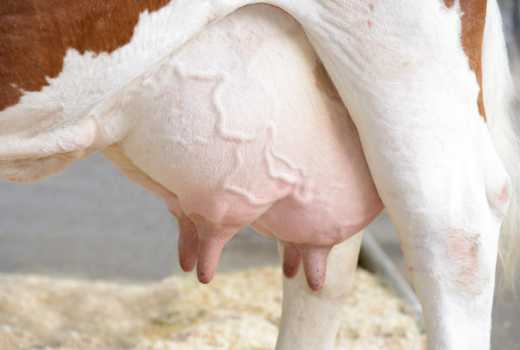×
The Standard e-Paper
Truth Without Fear

After graduating from veterinary school, I practised in my village for some time to give back to the society. Back then Mumias Sugar Company had started showing signs of financial problems and sugarcane farmers were slowly embracing dairy farming.
To start off, they were buying lots of dairy animals from Kapsabet and Eldoret and ferrying them on trucks.